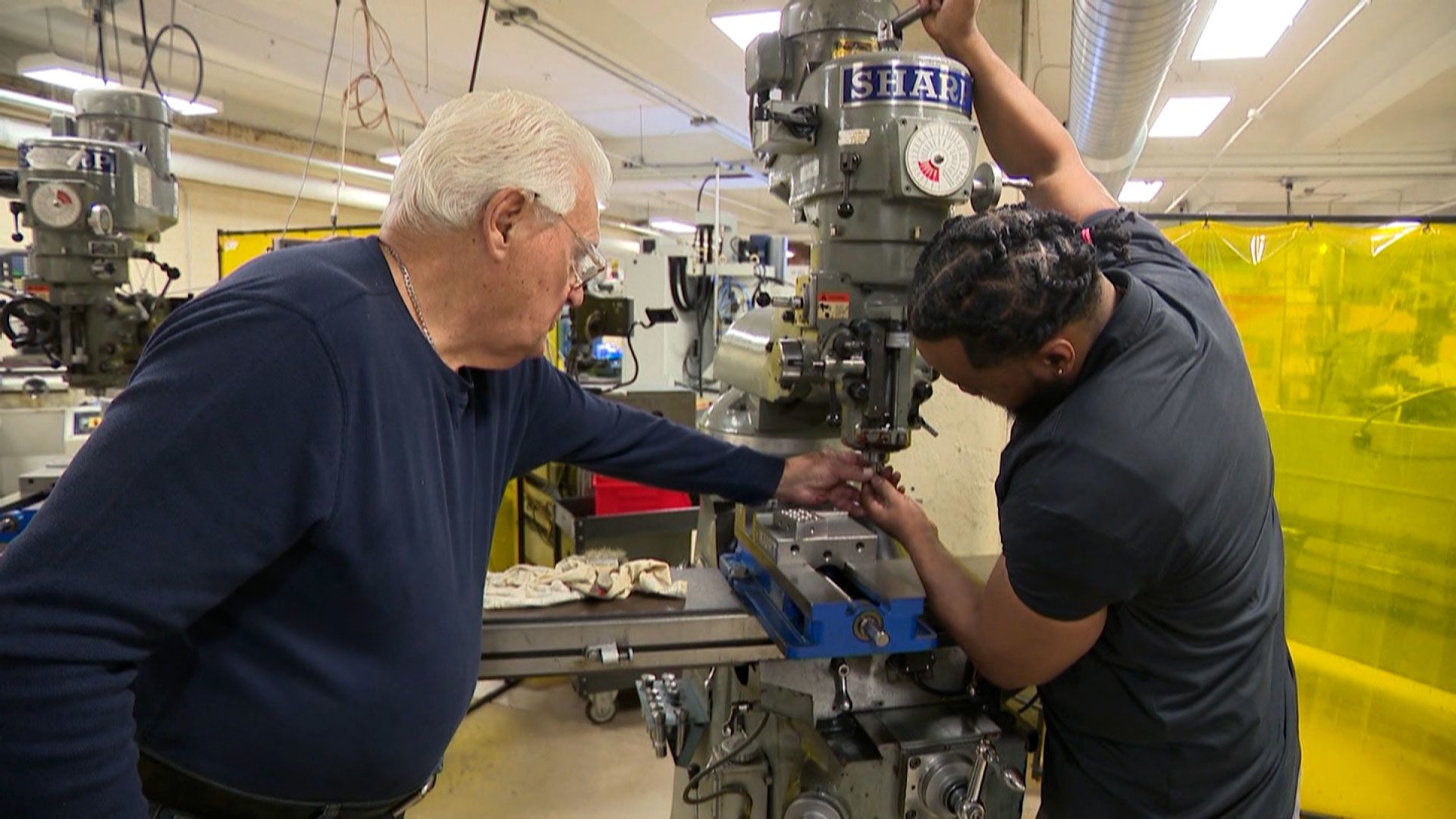By May 1973, the boom spread to the remainder of the
steel market with heavy steels such as heavy plates,
,'."'"
:.:;- ~'
'0
,,~
structural shapes, oil country goods and pipe in short
supply. 38/ The domestic boom coincided with a worldwide
boom, so that foreign steel was generally available only
at higher pr ices.
The across-the-board boom continued throughout 1973. In
the face of Cost of Living Council price controls, a significant
shor tage of steel developed. Many produc ts, such as rebar,
were being sold by steel brokers at pr ices well above the
36/
"Steel Summary," Iron Age, April 26, 1973, p. 101¡ "Sheet
Steel Pr ice Boost Seen, Soon to Ease What Industry Contends is a
Profit Squeeze," Wall Street Journal, May 7, 1973, p. 36.
37/ "The Steel Market," Bulletin of the National Association
or Purchasing Management, May 1973, p. 3.
38/ "Steel Summary," ¡IrOn Age, June 7, 1973, p. 81.
-188-
mill price. ~I Discounts off list virtually vanished and
charges for "extras" were revised upward.
Commenting on these developments the Steel Market
Committee in August 1973 stated:
The industry is trying to improve its net by
the elimination of "deals," revisions in extras,
elimination of unprofitable products and customers.
. . . IT) he once lowly rebar is so scarce that a
form of black ma rket seems to be develop ing as
some brokers ask double the going iilLprice. .
Foreign steel is still being delivered here but
generally under long term contracts and only to
very important customers. Pr ices generally seem
to be above domestic for the material available. lQI
.
The Steel Market Committee's November 1973 report stated:,
The premiums now being paid for imports by the
same people who were the low dollar buyers in the
past should demonstrate that opportunism has two
edges. . . . Apparently users are paying up to
a third more for foreign because its all they can
get and are being very quiet about it. .
. .
It is interesting that only one Committee member
lists price as a major consideration. All others
consider availability as their first concern.
All say that price increases will cause no change
at all in buying pol icy. ill
In the first quarter of 1974, automotive demand dipped.
Nonetheless, the full-blown boom continued. The demand for
heavy steels was as strong as ever, and the demand for flat
391 "Mersick and Co. Chairman Asks: 'Where Is the Steel
Going?'" American Metal Market, Oct. 19, 1973, p. 1.
401 "The Steel Market" Bulletin of the National Association of
PUrchasing Management,i Aug. 1973, p. 7.
I
i
ill Ibid. Nov. 1973,: p. 7.
-189-
rolled products from other industries was sufficient to consume
mill production. Moreover, there were reports that the automobile industry was taking its allocation of s'heet and reselling
it at a premium. ~/ Automotive demand returned in the- second
quarter of 1974 and demand remained at a peak until October
~
1974. !y
Many mills, including U. S. Steel, dropped their policy
.#'¡; .
of freight absorption and the schedule for extras was revised
upward so that it corresponded more closely with costs. !l/
Due to the strength :of demand, steel mills were able to sell
products of lower quality. This was a major factor in increasing the industry's yield of shipped to raw steel from 68.9 percent in 1972 to 75.2 percent in 1974 (see table 4.8). 45/
In their May 1974 Bulletin, the Steel Market Committee

